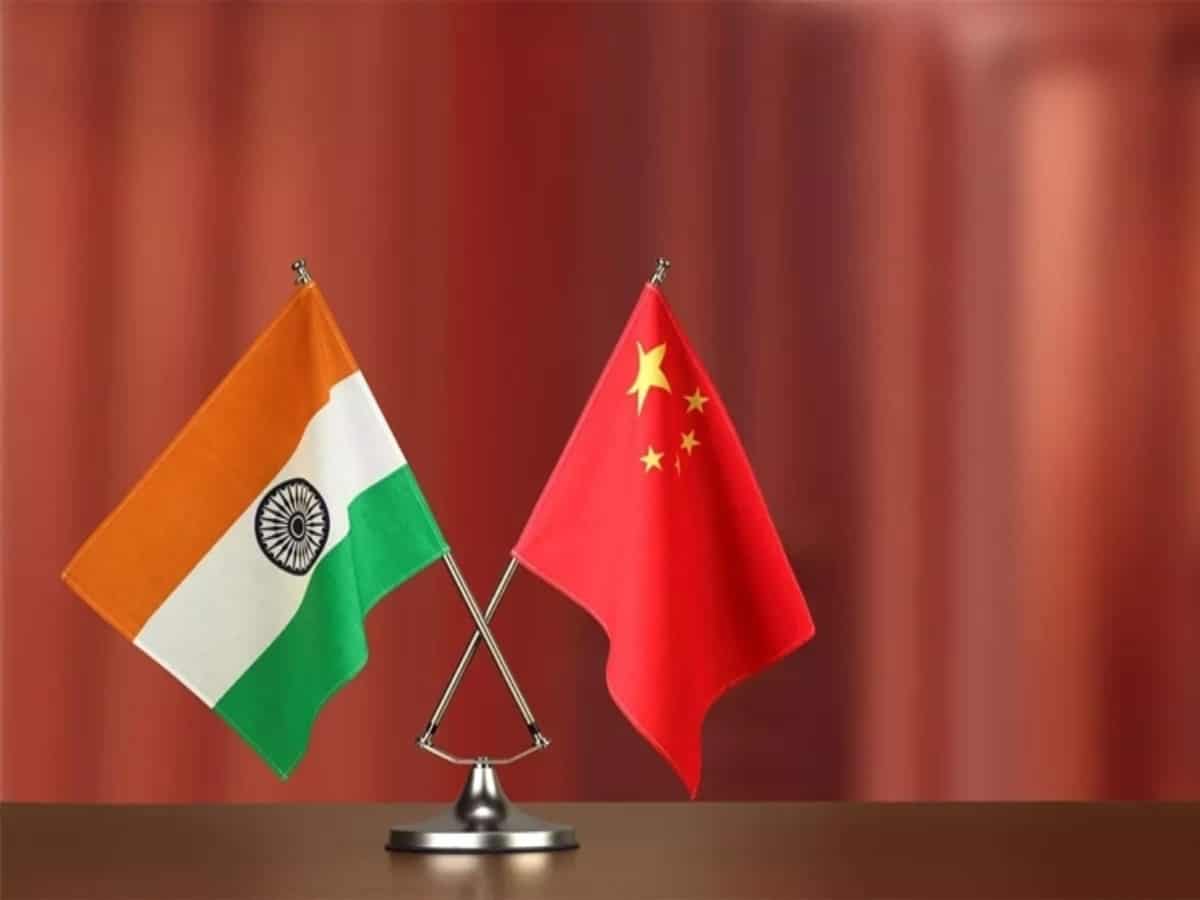
The 19th round of military commander level talks between India and China to resolve the issues along the Line of Actual Control on Monday concluded, as it is obvious with the available reportage with India asking Chinese to pull back to their original positions of pre-April 2020 to help build “strategic trust” between the two sides. This trust has frayed ever since China mounted an aggression along the LAC in eastern Ladakh, a strategically critical area for India in April 2020, which was followed by alarming and deadly clashes at Galwan Valley in which India lost 20 soldiers, including a Commanding officer. The clashes, which took place on June 15/16, 2020 changed the whole dynamics of the Indo-China relations, and also altered the strategic thinking on both sides of the border.
An immediate solution to this standoff is imperative as more than the military and strategic costs, there is a stake about the environment, too. The deterioration in the environment of bilateral relationship has also escalated costs in terms of Himalayan ecology. The heavy military presence from both sides is inflicting very heavy cost on all sides, therefore, it is necessary that China should end its adamancy and listen to reason to end the war-like situation at the LAC.
The result is that the standoff at the LAC in eastern Ladakh is now more than three and four months old, and is continuing. Apparently even after the 19th round of talks between the army commanders on Monday has not made much progress, and India is left to pursue its diplomatic means to hammer out the issue, which has caused deep embarrassment to India’s image, as its all efforts have been blunted by China with intransigence. It pays lip service to peace and tranquility on the LAC, but declines to meet the parameters of the same. India and China were bound by agreements of 1990s to maintain peace and tranquility on the border line till the final settlement of the boundary issue by the two countries.
At the 19th round of talks on the LAC issue, the Indian side led by 14 Corps Commander Lt. Gen. Rashim Bali, pressed for disengagement and de-escalation on the two major friction points of Despang, Demchok and some of the areas around Pangong Lake, something that Delhi has been urging Beijing to do for long. The situation on the ground reflects that Indian logic and arguments went unheeded. China claims that it is not occupying any of the Indian territory, nor has it violated any of the stated positions on the borders.
China’s statement is dubious and camouflaged in semantics while in reality, it has not done enough to inspire confidence in its words. Not only India is wondering about the Chinese attitude, the rest of the world, too, is unconvinced. The world views Chinese aggression not in the Himalayan boundary between China and India, but also in South China, and islands in South East Asia. This is one of the very fundamental reasons which triggered high tensions between the United States of America and China. Both countries are suffering from their standoff, and the economies of the two countries are in retreat.
In eastern Ladakh, India is paying no less price. It has nearly 68,000 troops deployed, along with war machinery, in the Himalayan heights for the past over three years. It is not just the stationing of the troops and war machinery, maintaining such a heavy presence of army troops in the Himalayan heights where temperatures dip below minus 40 degrees Celsius, and the terrain is all-time risky This is costing India quite heavily. This is a drain on the resources, and at the same time, it is adversely affecting the environment in the region. The heavy cost of environmental degradation would last for an unknown number of years to come. The same holds true of the Chinese side. The victim is Himalayan ecology. This environmental loss will be borne by generations, as this also is the home to a number of glaciers.
In the given circumstances, it becomes imperative for China and India to resolve the issue at the earliest so that the generations could be spared of the losses being inflicted on them. Military situations or wars or war-like situations nowadays are bad for the environment. India has the capacity to fight the adversary, this point should be driven home more effectively than it is being done at the moment.
